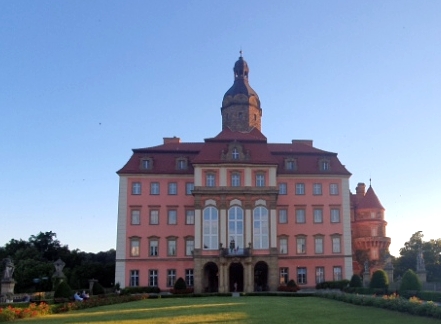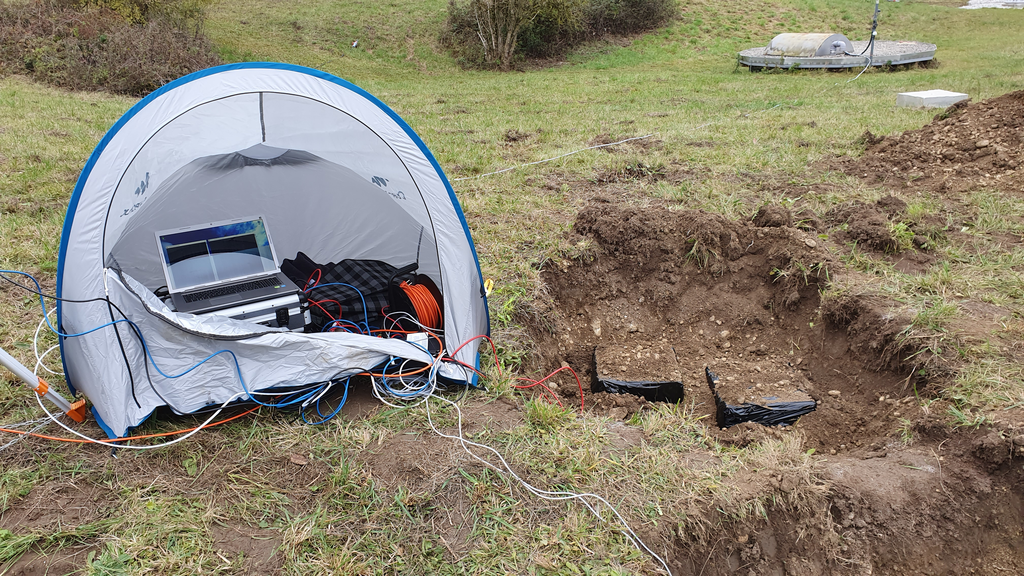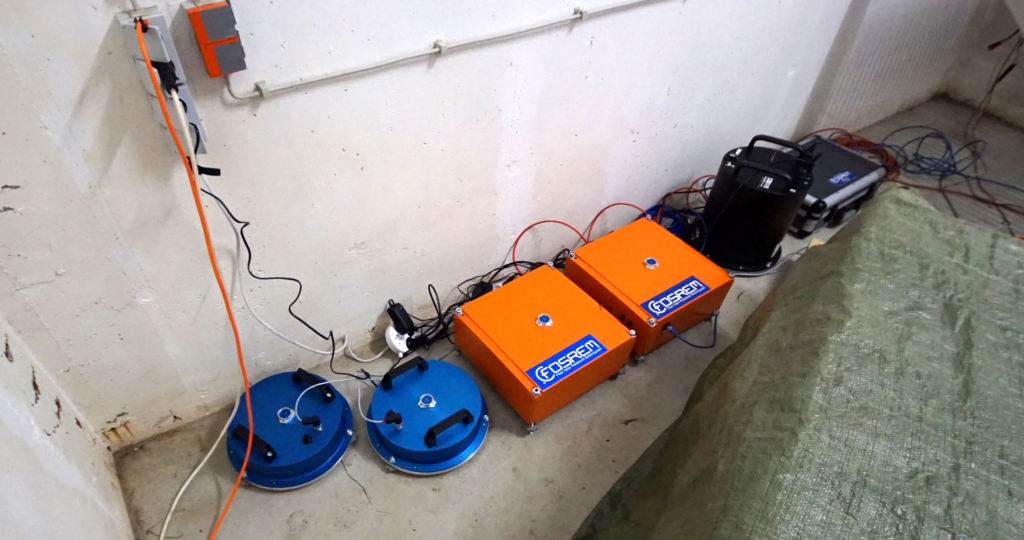The 4th IWGoRS workshop were held at the Evangelische Akademie Tutzing (near Munich, Germany), June 20-23, 2016. The workshop was focus on any aspect of rotational ground motion including the recording of rotations, instrumentation, earthquake sources, non-standard rheologies, inverse problems, geodesy, earthquake engineering, long-period seismology, array-derived rotation, noise-correlation studies, ring laser technology, Earth’s rotation, problems of fundamental physics and others.
Our team has prepared one oral presentation and two-day demonstration of mobile Fosrem System in action. The presentation given by Prof. Leszek R. Jaroszewicz is avaiable here. Also Fosrem System data sheet is avaiable for download.


